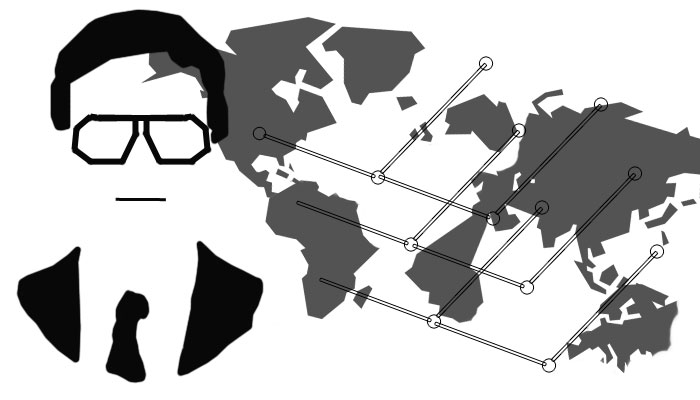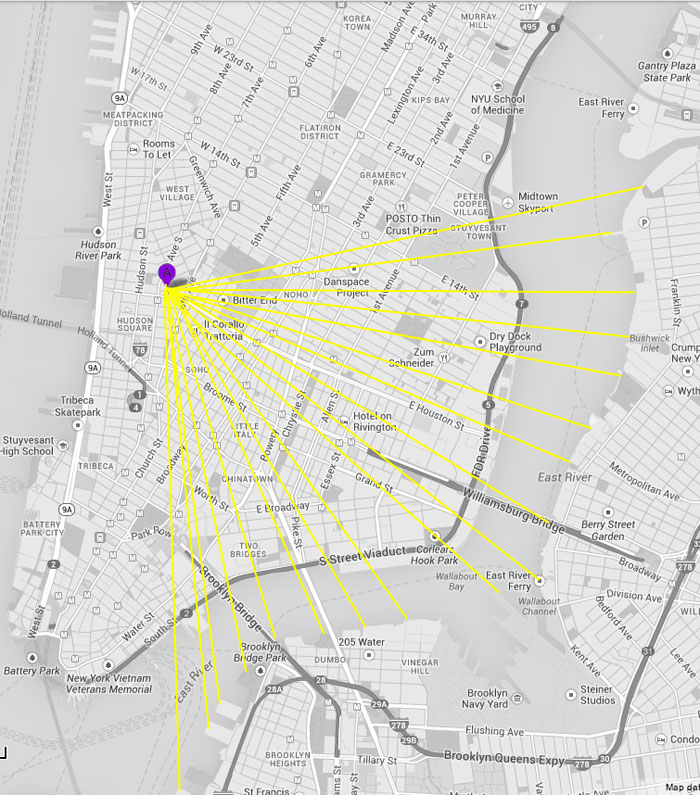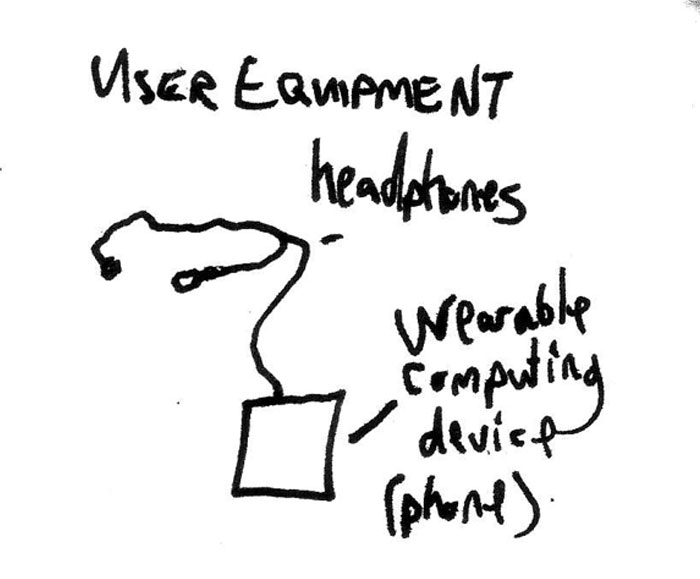Tonight’s Rabbit Hole: New Chronology
 First, forget everything before 1100 A.D. It’s a void, a black hole of prehistory. Nothing happened much beyond a few men got smart enough to climb on horses and make trouble for the people the next town over. Local empires, crude jewelry, casual bloodshed. Forget it. Greek, Chinese, Egyptian, Arab chronologies were all the work of Jesuit scholars in the 1600’s. Inventions like paper, gunpowder, transoceanic travel? All from Europe in the 10th-16th centuries. Oh and Jesus? That’s just a garbled story about the failed reforms of the Emperor Andronikos I Komnenos of the Byzantine Empire’s.
First, forget everything before 1100 A.D. It’s a void, a black hole of prehistory. Nothing happened much beyond a few men got smart enough to climb on horses and make trouble for the people the next town over. Local empires, crude jewelry, casual bloodshed. Forget it. Greek, Chinese, Egyptian, Arab chronologies were all the work of Jesuit scholars in the 1600’s. Inventions like paper, gunpowder, transoceanic travel? All from Europe in the 10th-16th centuries. Oh and Jesus? That’s just a garbled story about the failed reforms of the Emperor Andronikos I Komnenos of the Byzantine Empire’s.
And… that just scratches the surface. It’s hard to know where to start. Russian mathematician Anatoly T. Fomenko has published a seven volume reworking of world history that basically crams all of antiquity into the Middle Ages and makes the prime driver of most pre-17th century world events a Turko-Slavic empire that doesn’t appear in any other system of chronology. The crux of this idea–and the part that intrigues me as a writer–is that commonly-accepted world history is a distorted, stretched out narrative that cyclically plagiarizes actual events. Fomenko links various world events in far-flung places, claiming that despite the distance and time between them, they are the same story, repeated and displaced. This strikes me as a reverse application of the idea of archetypes. Not just are all narratives a repetition of some basic structural form but history is too.
In short: it’s not history repeating itself, it’s the historians.
Fomenko works this all out mathematically, drawing on zodiacs and certain astronomical observations, rejecting others as inaccurate or flat out forgeries. The exciting part of this is that it suggests an underlying formula for generating historical narrative. My question is: could you develop Fomenko’s formulas used to detect these allegedly forged repetitions of historical events to create an iterative process that generates completely new ones?
Stretch the timeline back further; start three million years ago. Add in libraries that account for a greater diversity of hominids, sketching out warring empires of distantly related Neanderthals and Homo Ergaster. Generate the wars of succession in the Cro Magnon Rome. Or go in the other direction and generate future repetitions through the cycles of history: crusades to recapture Neo-Catholic shrines in geosynchronous orbit. The globally observed Crucifixion of an entirely synthetic Messiah, spontaneously generated from the NSA archives of collected human communications.
The New Chronology Wikipedia page is a good start. Just barely scratched the surface of this English-language extrapolation of History: Fiction or Science?




